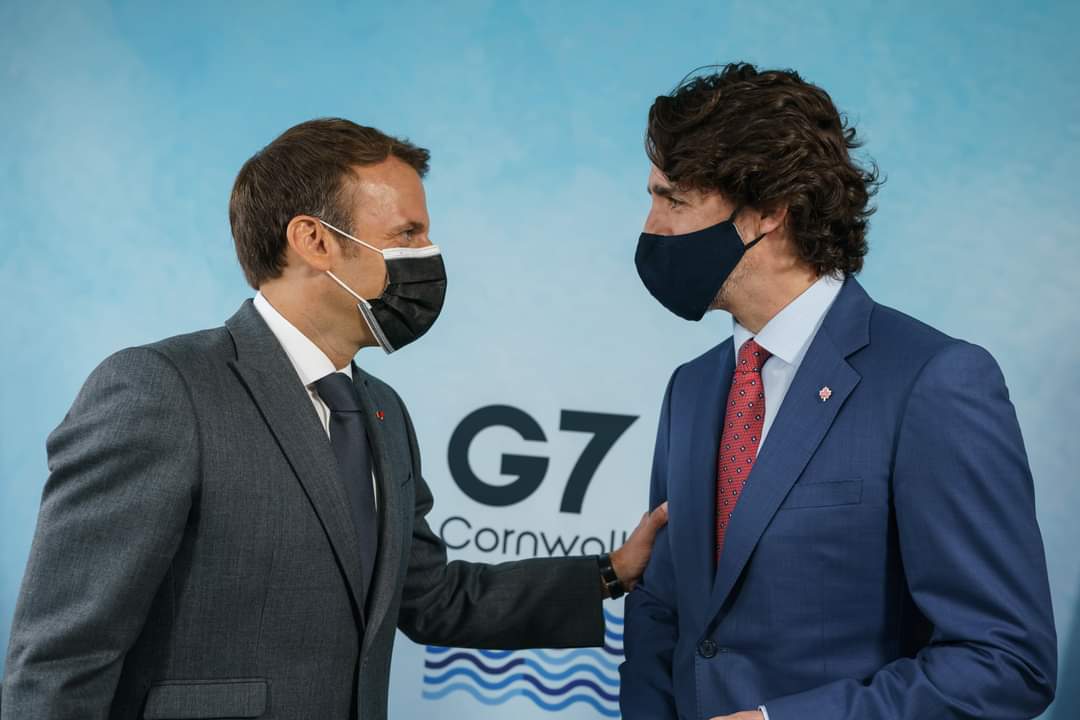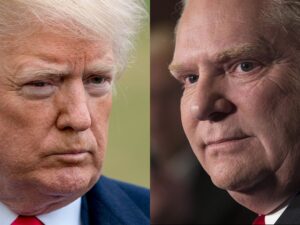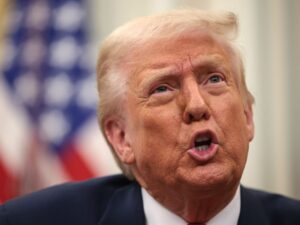
Canada is set to unveil details on how it will offer the world up to 100 million vaccine doses to help stop the spread of COVID-19.
Prime Minister Justin Trudeau is wrapping up his third day at the Group of Seven Leader’s Summit in England.
Canada is the only G7 country that has not yet officially laid out how many surplus doses it will send to countries lagging behind wealthy nations in the worldwide vaccination campaign.
The country has secured delivery of more than 100 million doses for the year — more than what’s needed to give its population of nearly 38 million two doses per person.
The United States has promised to buy half a billion shots of the Pfizer-BioNTech vaccine to give to poorer countries, with distribution slated to begin in August and total 200 million doses by the end of the year.
That’s on top of the 80 million doses U.S. President Joe Biden committed to give away from the country’s own supply.
Before the summit started, the United Kingdom said it would donate at least one hundred million surplus vaccines within a year, while Japan, Germany, Italy and France have also pledged to share millions to COVAX, an international vaccine sharing initiative.
Canada’s envoy to Britain, Ralph Goodale, teased the country’s donation several days ago, saying it would be made up of money sent to vaccine-sharing programs as well as some of its own supply of shots.
Facing pressure over Canada’s contribution to the global vaccination campaign, government officials have emphasized that the country has spent $2.5 billion over the past year on assisting other countries respond to the health crisis.
The summit caps off months of meetings between the countries’ political leaders.
Although not focused on a singular issue, the leaders’ gathering gave significant attention to ending the threat posed by COVID-19 and preventing another virus from growing into a global pandemic.
G7 leaders are also set to discuss climate change — a priority for the Trudeau Liberals — today, having each already committed to achieve net-zero emissions by no later than 2050.







